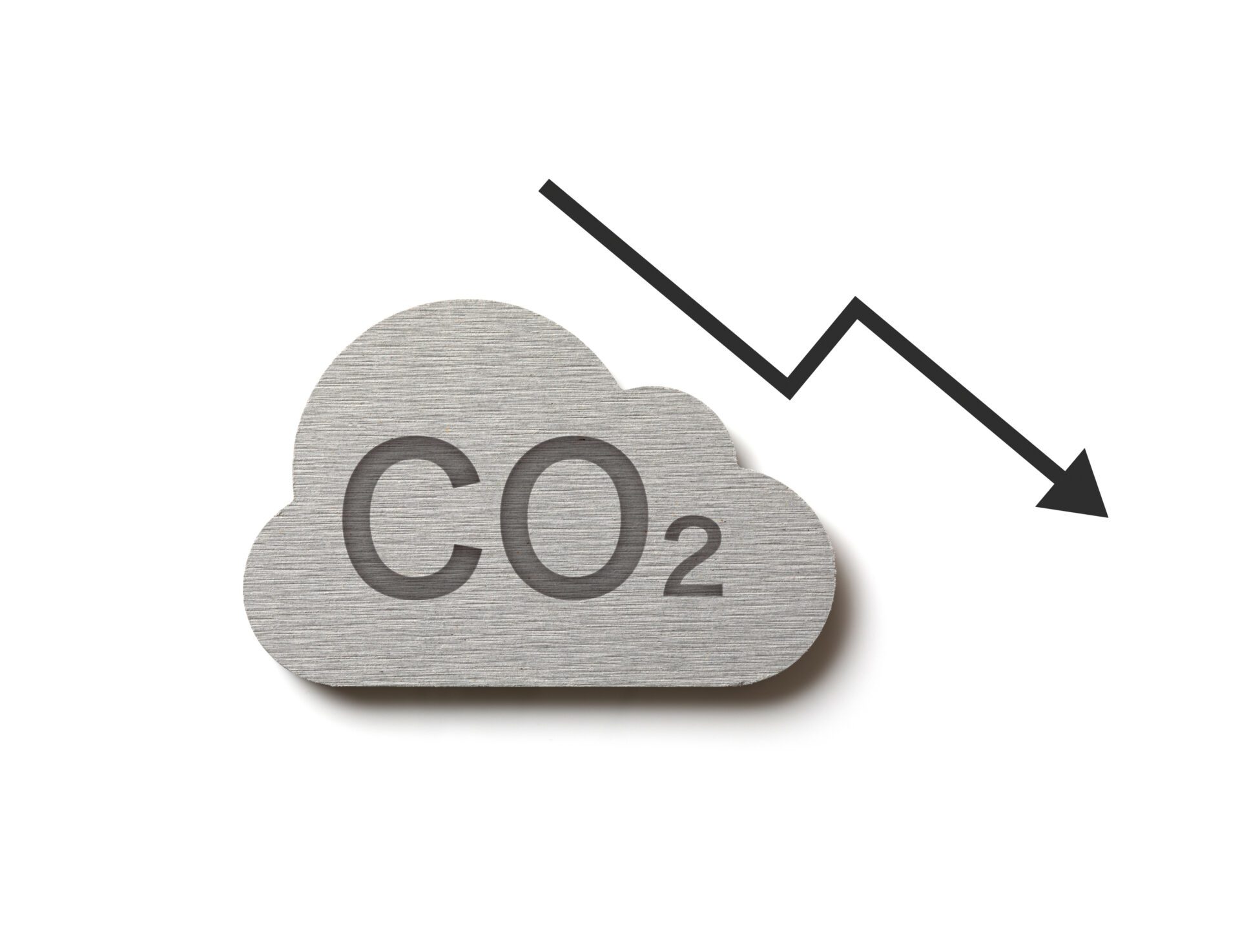Back in 2015, David Roberts wrote in Vox that “power utilities are built for the 20th century. That’s why they’re flailing in the 21st.” Sadly, seven years later, little has changed. Or, at least, they haven’t changed yet, although the Inflation Reduction Act promises to radically alter the utility landscape with funding to help meet decarbonization efforts and meet rising energy demand. As Roberts put it, “the 20th-century ‘hub and spoke’ grid was built to be big, dumb, and one-way only, producing electricity at central-station power plants and spilling it through lines into consumer homes and businesses.”
The Cost of Enhancing Utility Infrastructures
Traditionally, given the sunk cost and complexity of building large power plants and transmission lines, utilities have benefited from exclusivity and economies of scale. In a world in which distributed energy resources (DERs) were nascent or unknown, geographic monopolies ruled. Investor-owned utilities could expect a reasonable rate of return, so it made (economic) sense to expand operations within their non-competitive territories. The more energy customers consumed, the more power plants utilities built, and the greater potential for increasing their revenue streams.
Unbundling these vertically integrated monopolies—essentially, asking utilities to act against their perceived (and historically correct) self-interest—has proven difficult.
– Dr. William Burke, Founder & CEO, Virtual Peaker
So what needs to change? Innovation inertia. Companies that are held back by inertia–”this is the way we’ve always done it”–tend to lose ground to faster, nimbler organizations.
Utilities are struggling with decarbonization because as a society we’re struggling on multiple fronts: policy stalemates, regulatory restrictions, and budgetary requirements. To move utilities away from slow-walking decarbonization efforts, the industry needs even stronger legislative requirements–not just Net-Zero 2050, but adding more concrete and measurable goals along the way–and a technology-driven disruption in the fundamentals of the utility business. What’s the emerging business model, not only for large IOUs but also for smaller co-ops and municipal utilities? To make meaningful progress to meet decarbonization goals, utilities need to focus heavily on cost-effective distributed energy resources fine-tuned by software that optimize load and peak demand.
Renewable Energy: More, Faster
Utilities have what they need to take a leadership position on climate change that delivers results their customers are asking for—and that our planet desperately needs.
“It’s not like we need to wait for some invention to help us solve (climate goals) on the energy side,” said Mary Powell, CEO of Sunrun. “What we need is radical collaboration, to just scale faster.”
For many years, Powell was at the helm of Green Mountain Power—known for its renewable energy leadership—so she knows what it takes to create a highly interactive electric grid. The electric utility industry must work harder to create an “energy sharing economy” that’s more affordable, cleaner, and greener. To get carbon emissions down, energy providers need to ramp up their diversified energy portfolios and enhanced conservation programs to mitigate climate change.
More DERs? Yes.
More EVs? Yes.
More flexibility utilizing software and renewable energy resources? Yes.
And faster.
Three Existential Threats
The definition of insanity, doing the same thing over and over again and expecting different results, is typically attributed to Albert Einstein. The quote encapsulates the business plans of many utilities today.
Renewable energy can bring new profits and growth opportunities for utilities, or it can become an obstacle that separates them from their customers. As the energy industry rapidly changes and decentralizes, these utilities face three unique challenges:
- Declining sales as consumers enjoy more options to access energy directly.
- Increasing complexity as load shift impacts supply and demand.
- Customer “disintermediation” as global energy retailers connect online directly with consumers. When the go-between—the utility—can be removed, customers then seek direct access to retailers that provide renewable energy and related technologies.
For the regulated-utility industry, what’s the economic incentive for carbon reduction? While utilities may be pledging to go net-zero by 2050, we need more change, faster. Customers are seeking out rooftop solar, EVs, and other renewable energy resources on their own because utilities aren’t keeping pace with innovation. The adoption curve for energy technology is fast, but not for highly-regulated monopolies, which sometimes view utility infrastructure almost as government-regulated fiefdoms. This feudal model is doomed to fail.
What Do Customers Want? More Choice, Now
Customers are clamoring for cleaner, renewable energy sources.
According to the U.S. Department of Energy’s “Solar Futures Study,” the transition to a carbon-free electric grid has started. With aggressive cost reductions, supportive regulatory policies, and large-scale adoption, solar could account for as much as 40% of the country’s electric supply by 2035 and 45% by 2050.
And by 2030, EVs could account for almost 30% of all new car sales, up from roughly 3.4% in 2021. Anecdotally, many in the industry think these projections are quite low: Once consumers drive EVs, they will accelerate into the future.
By enabling proactive controls and monitoring, software and information technology can lower electric transaction costs, welcoming more participants seeking a smarter, modular, and multidirectional electric grid. Integrated solar energy storage systems, EVs charging (and discharging back to the grid), aggregated networks of water heater batteries, and smart thermostats are becoming more and more commonplace.
Freedom of Choice
In many cases, there’s a void between the new technologies consumers are demanding and the programs utilities are offering. Companies like Amazon, Google, and Tesla are taking advantage of that disconnect by offering one-stop solutions.
These tech companies understand how to monetize consumer demand. They’re creating a wide variety of smart devices, know how to scale rapidly, and can sell lots of stuff quickly and efficiently. Instead of focusing narrowly on the latest devices, utilities should think more broadly about their role as energy service providers. As stewards of our current–and future–energy infrastructure, they can modernize their approach to meet decarbonization as well as business objectives.
Five years ago, an article published in The Economist claimed that the world’s most valuable resource is no longer oil, but data. Together we must build the digital infrastructure needed to move beyond the fossil fuels that have long dominated the energy landscape. Today, devices and meters can shed data in real-time. Thanks to the Internet of Things, aggregation and control platforms can consume that data and make sense of it. Then, that data can be used to implement control strategies that optimize demand for the needs of both consumers and the grid.
Conclusion: Why Utilities Have Struggled to Hit Decarbonization Goals
To make digital decarbonization—software and data versus just lines and poles—work, we need integrated smart devices that constantly talk to each other, creating not only market but also consumer value that leads to a more sustainable planet. With SaaS-based cloud solutions including robust distributed energy resource management systems (DERMS) and more, utilities have an affordable path to realize the demand flexibility initiatives needed to meet global and local decarbonization efforts.






